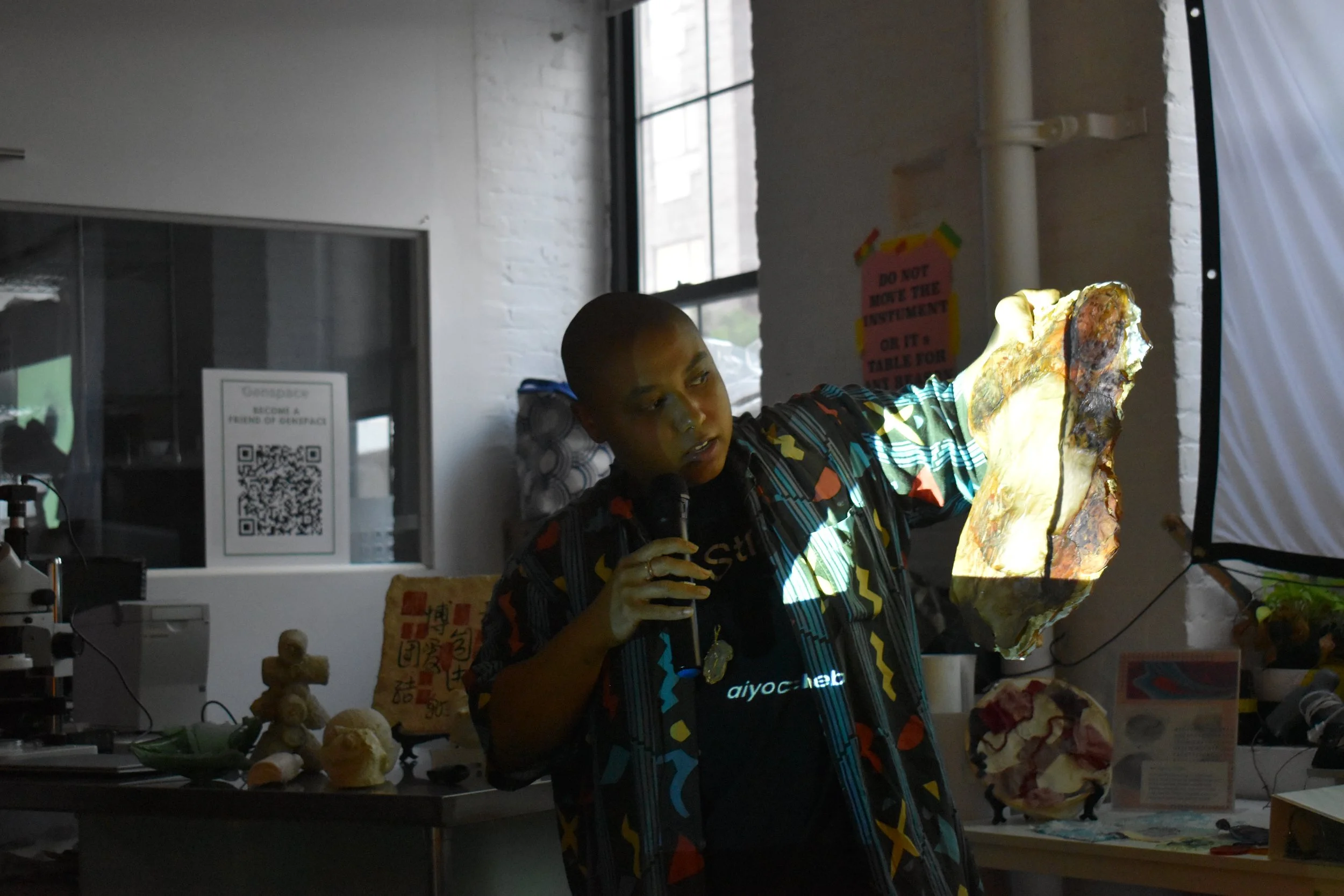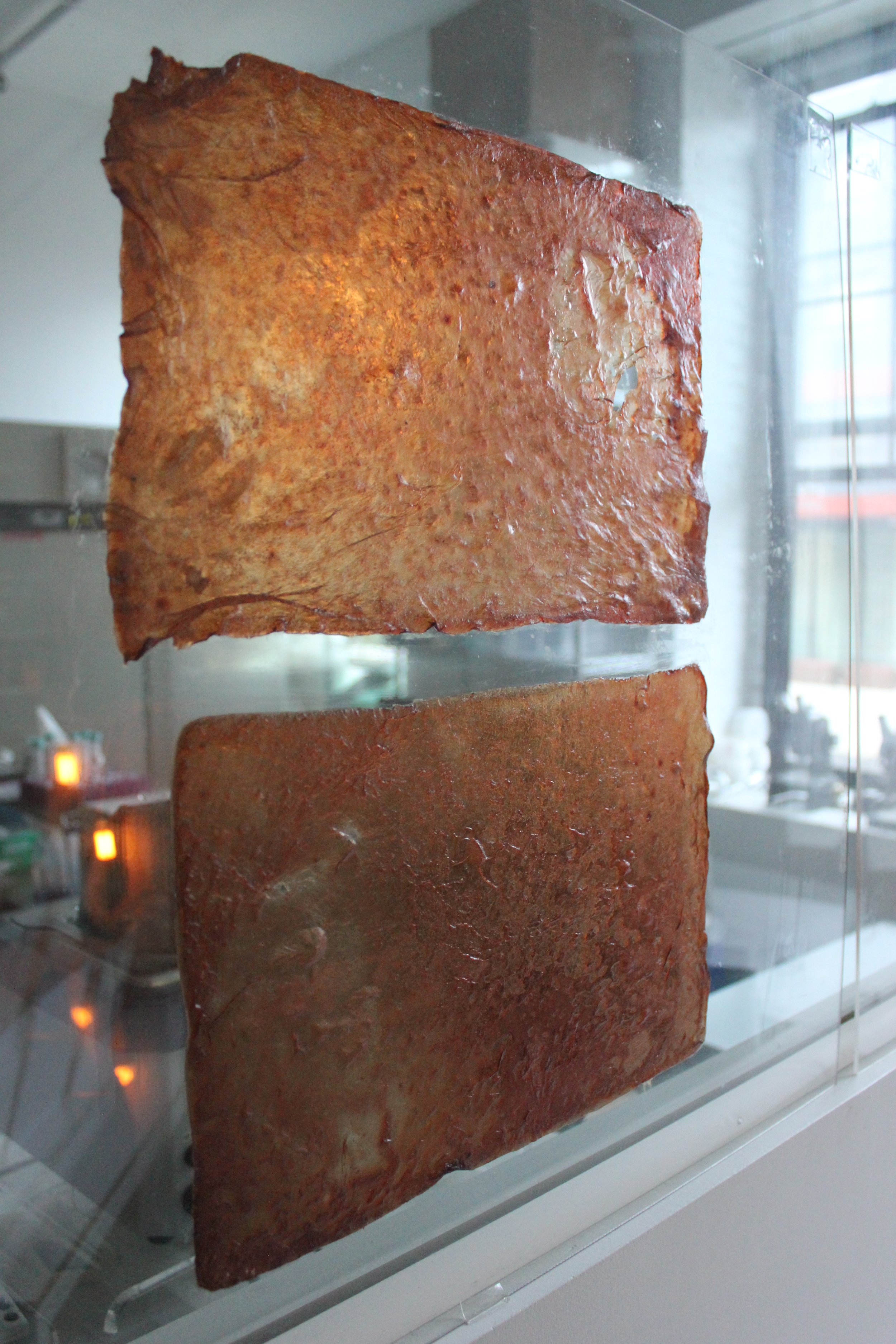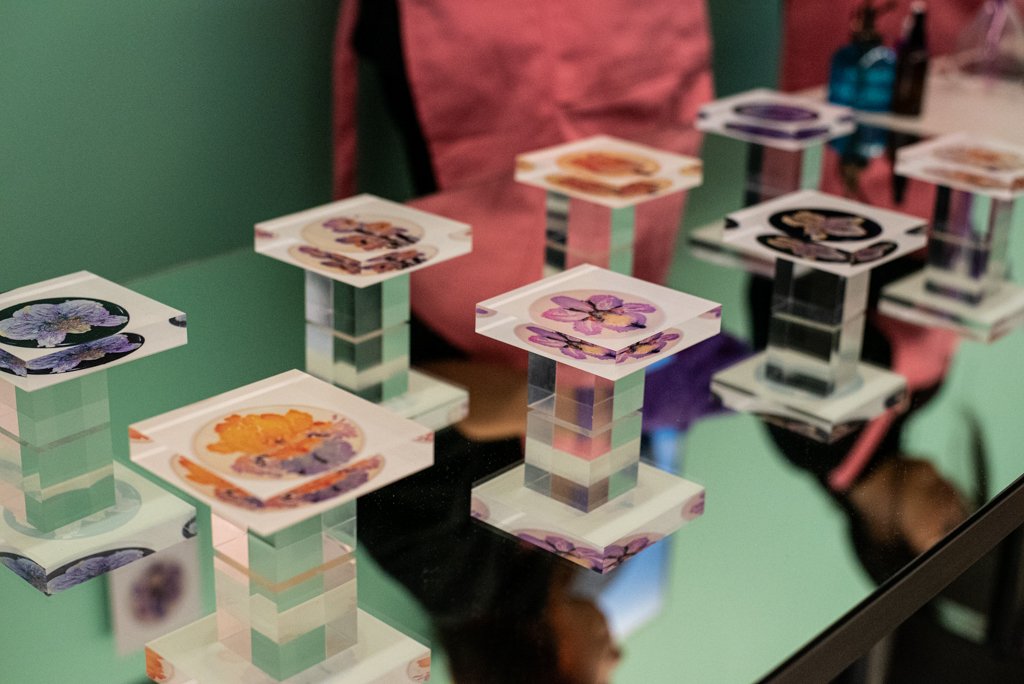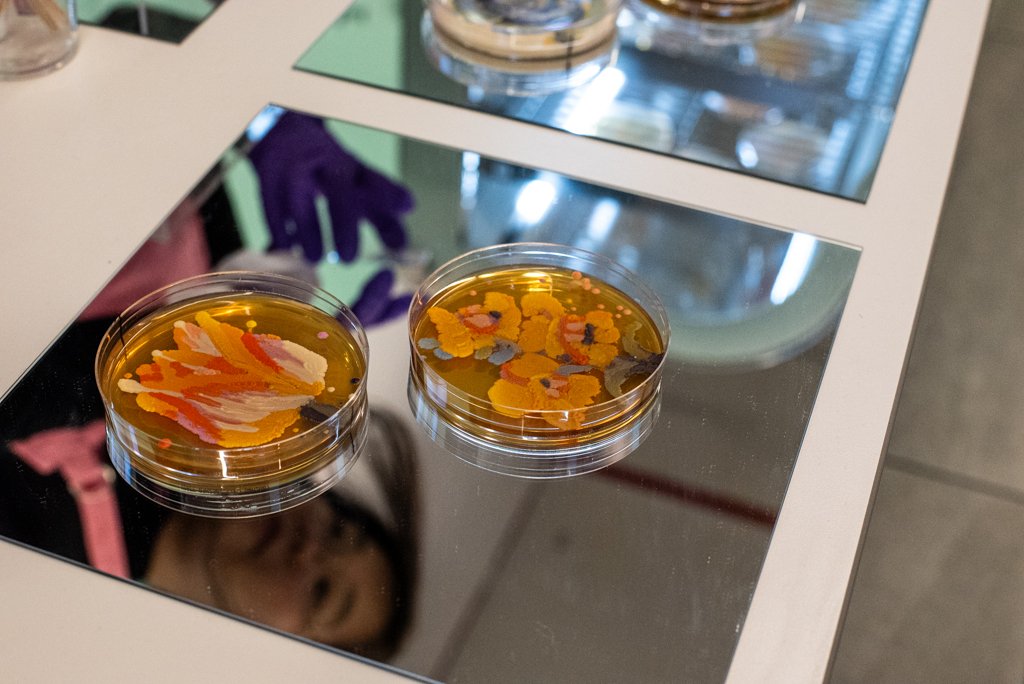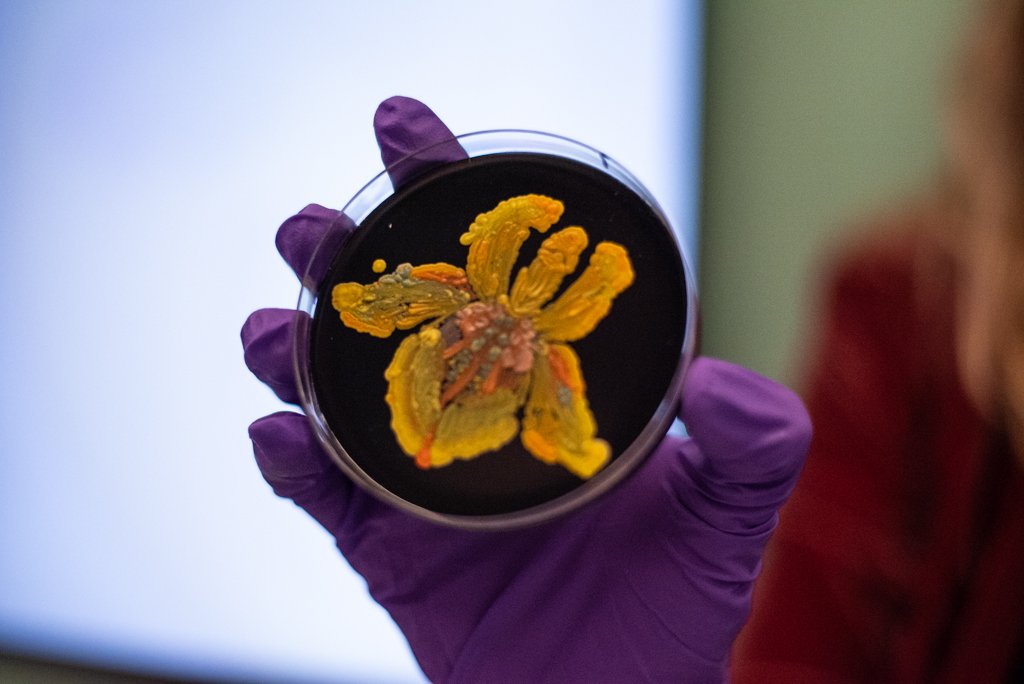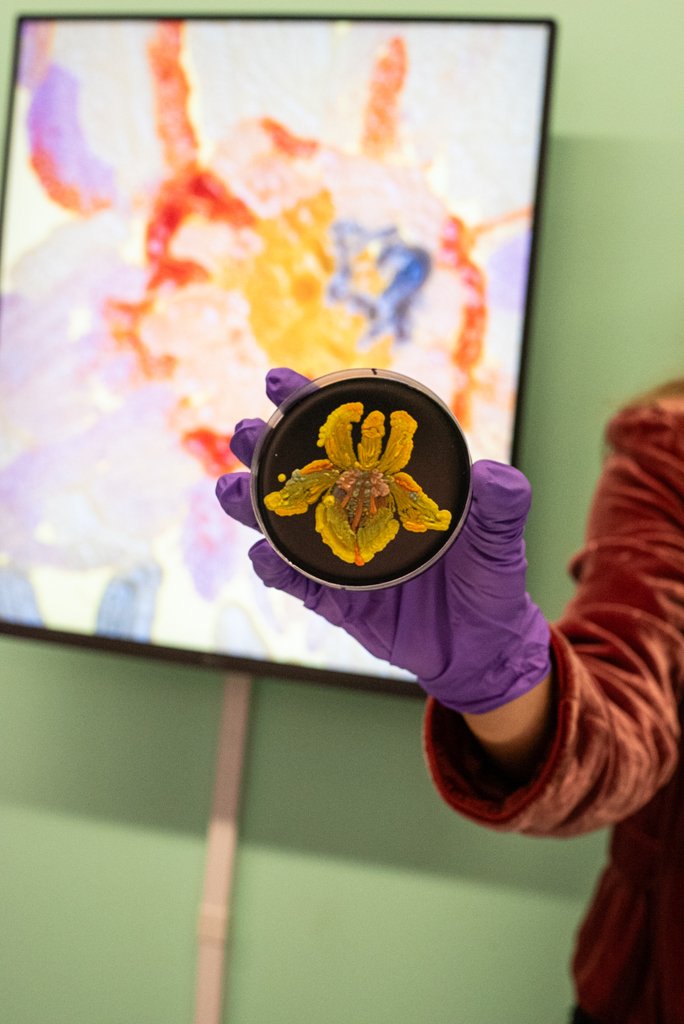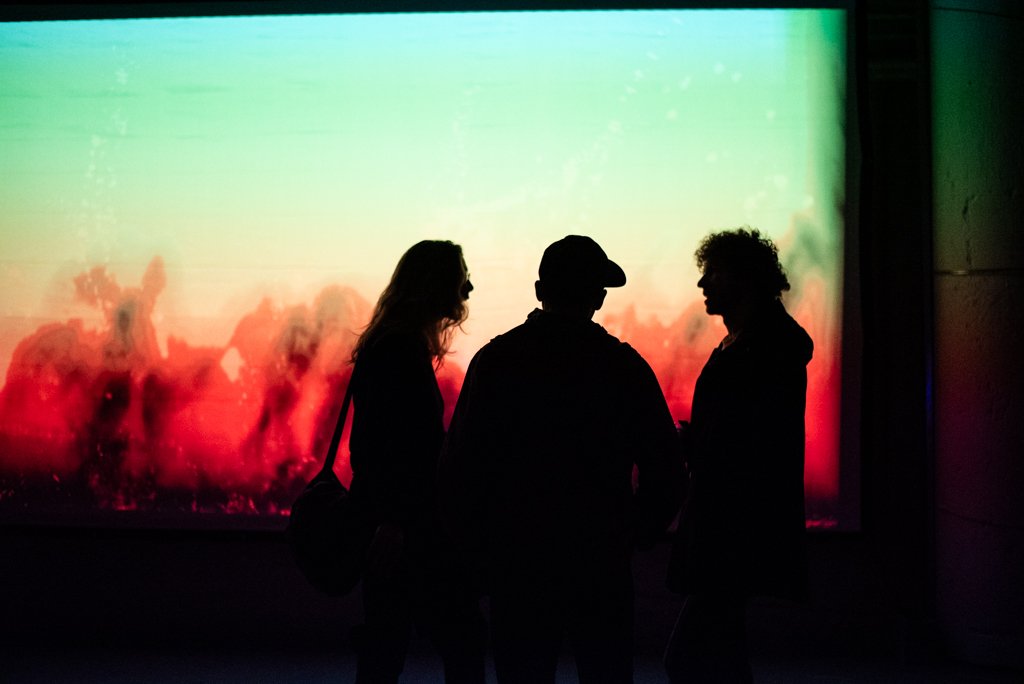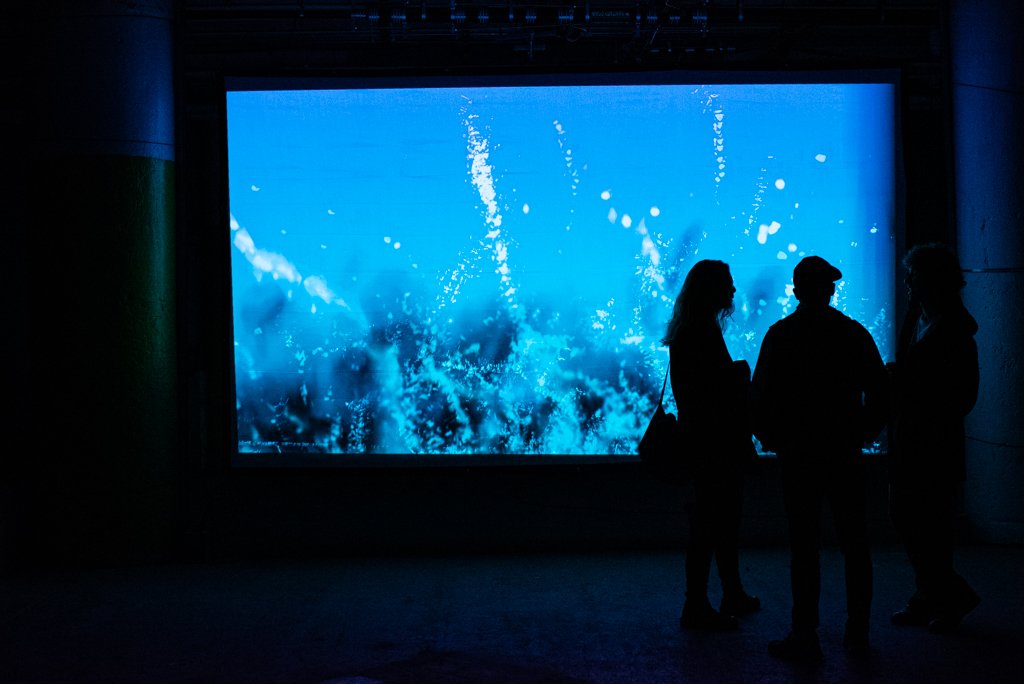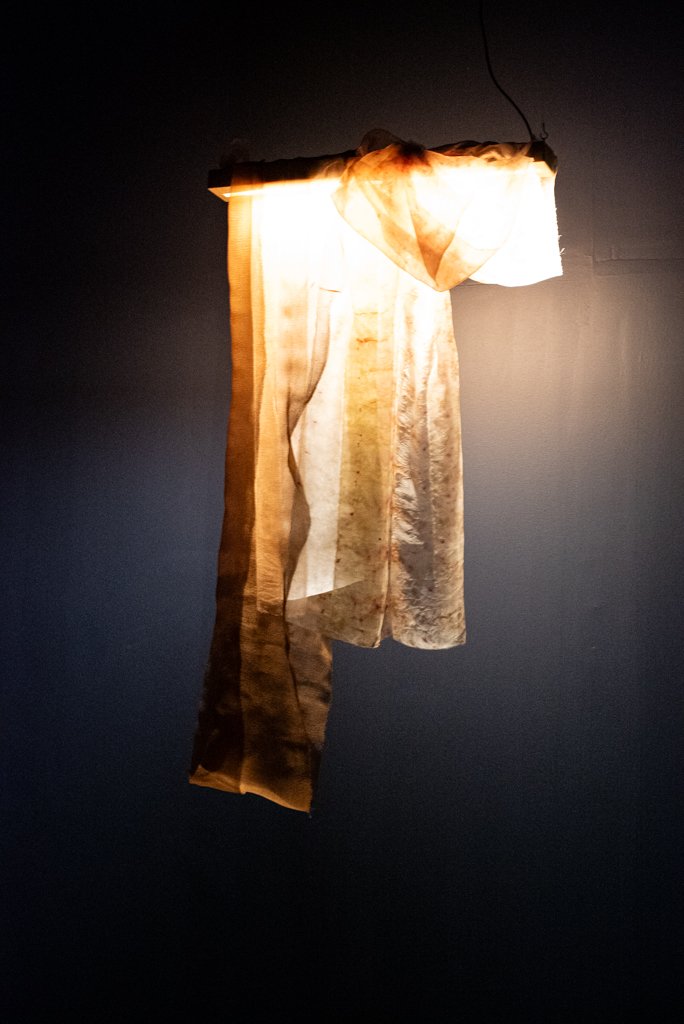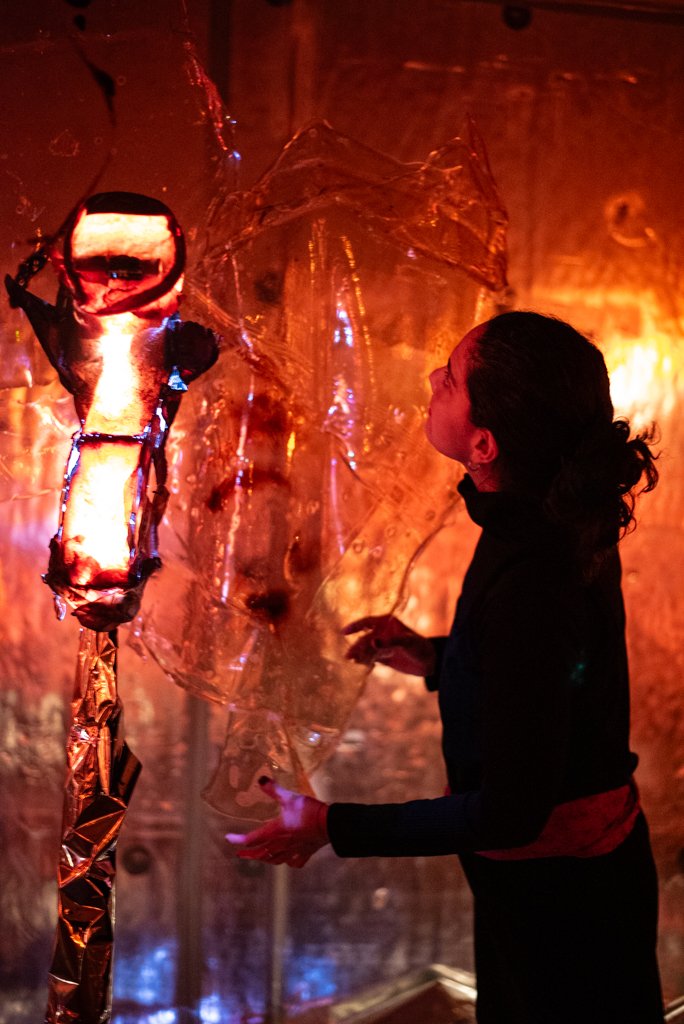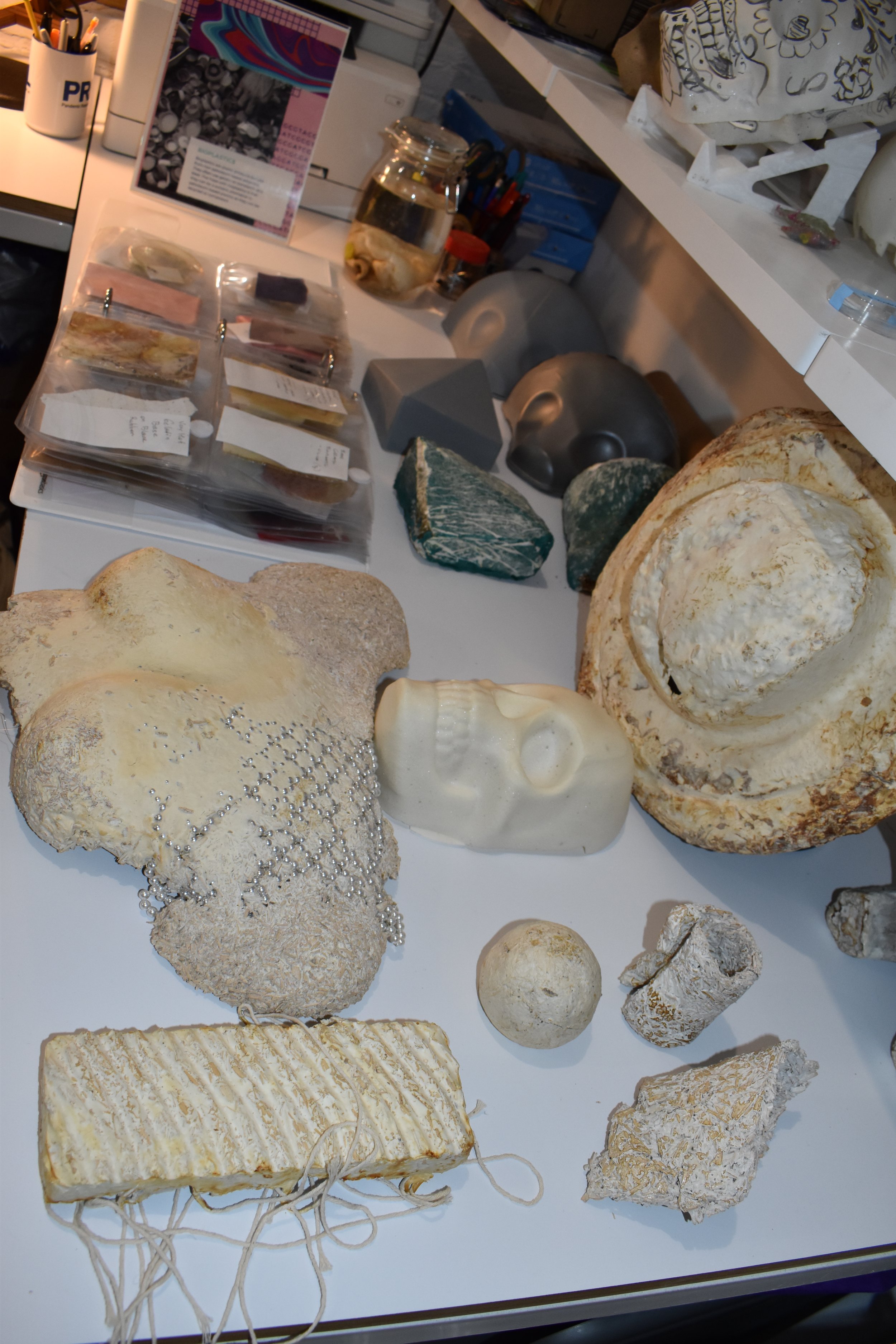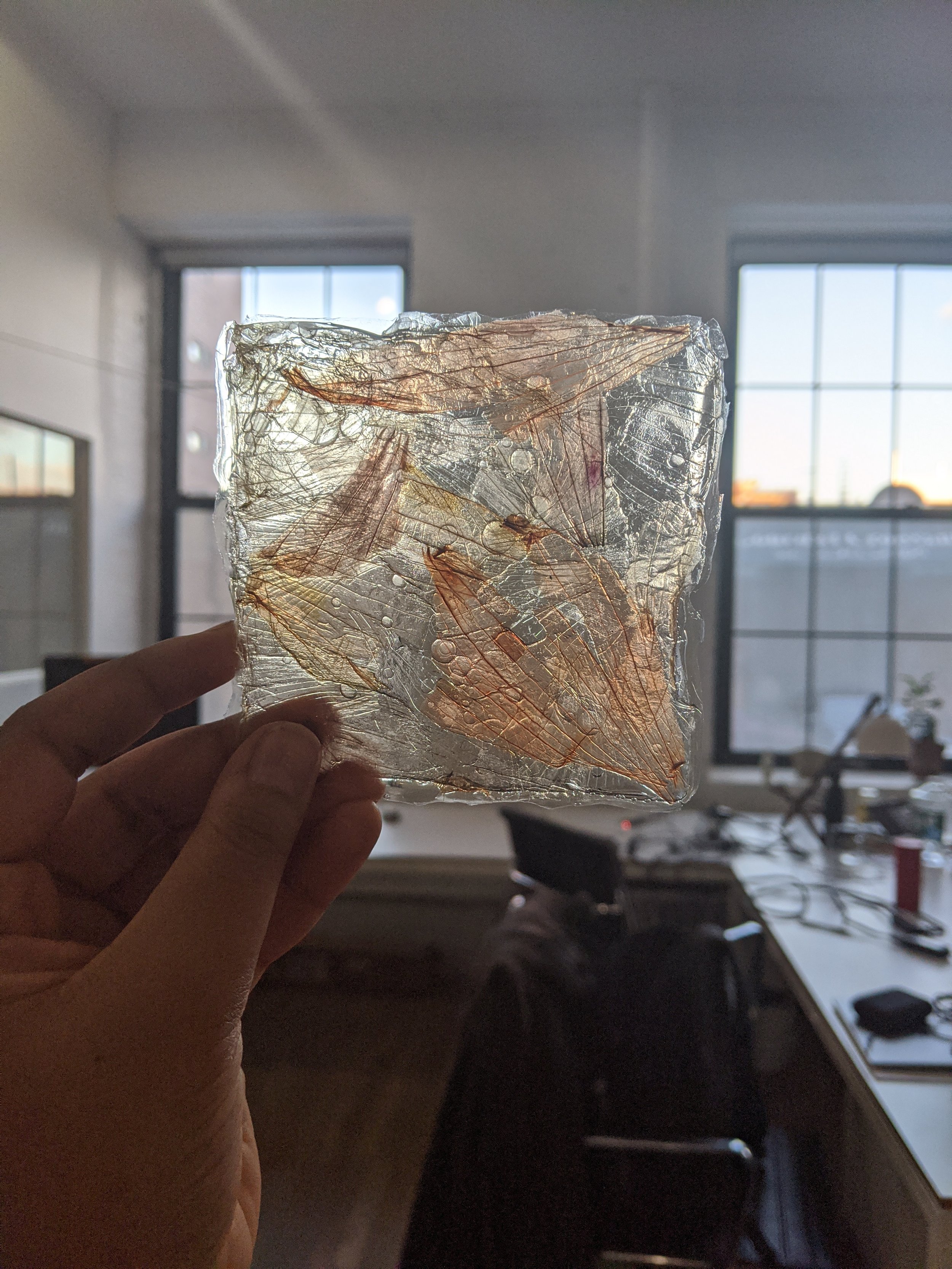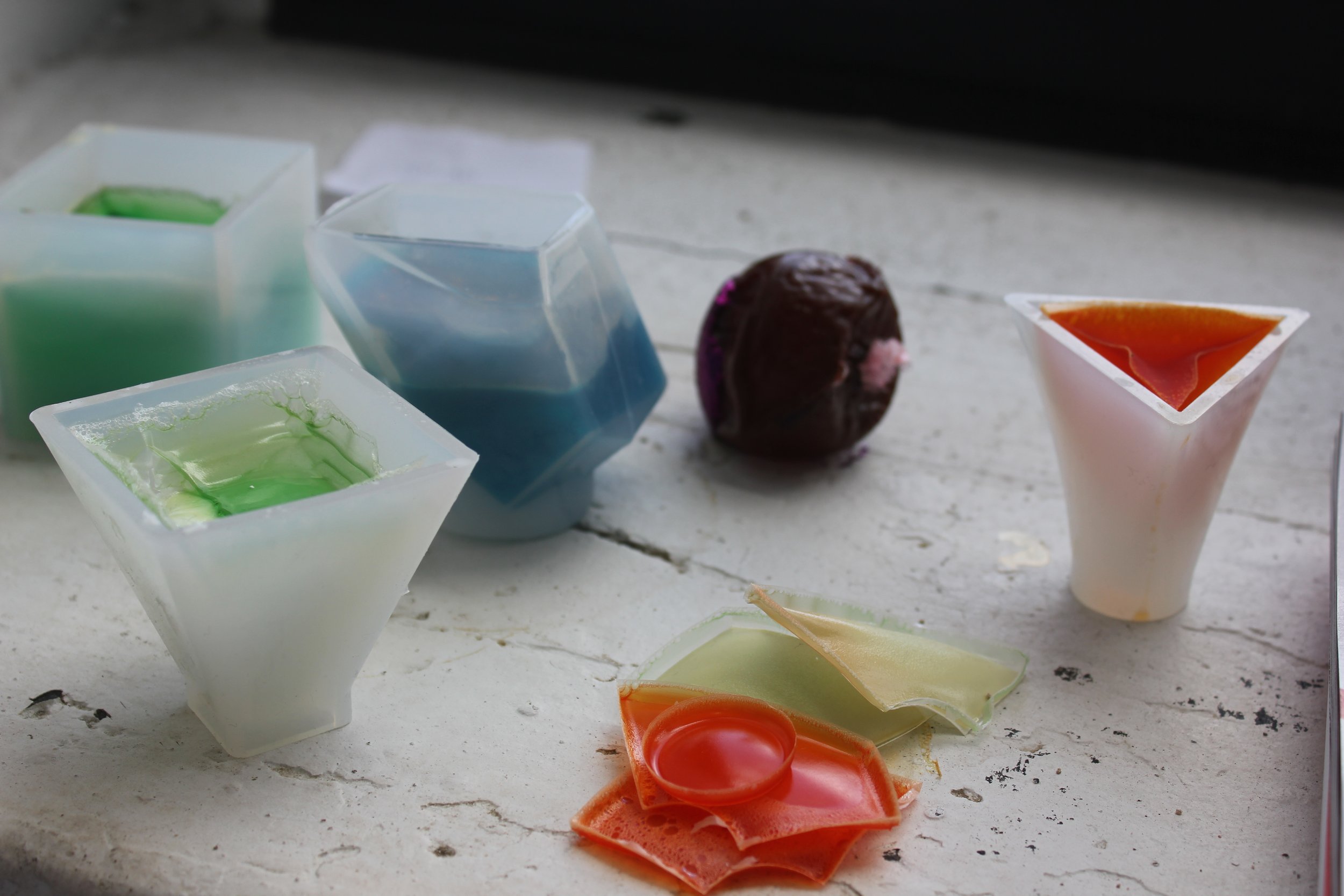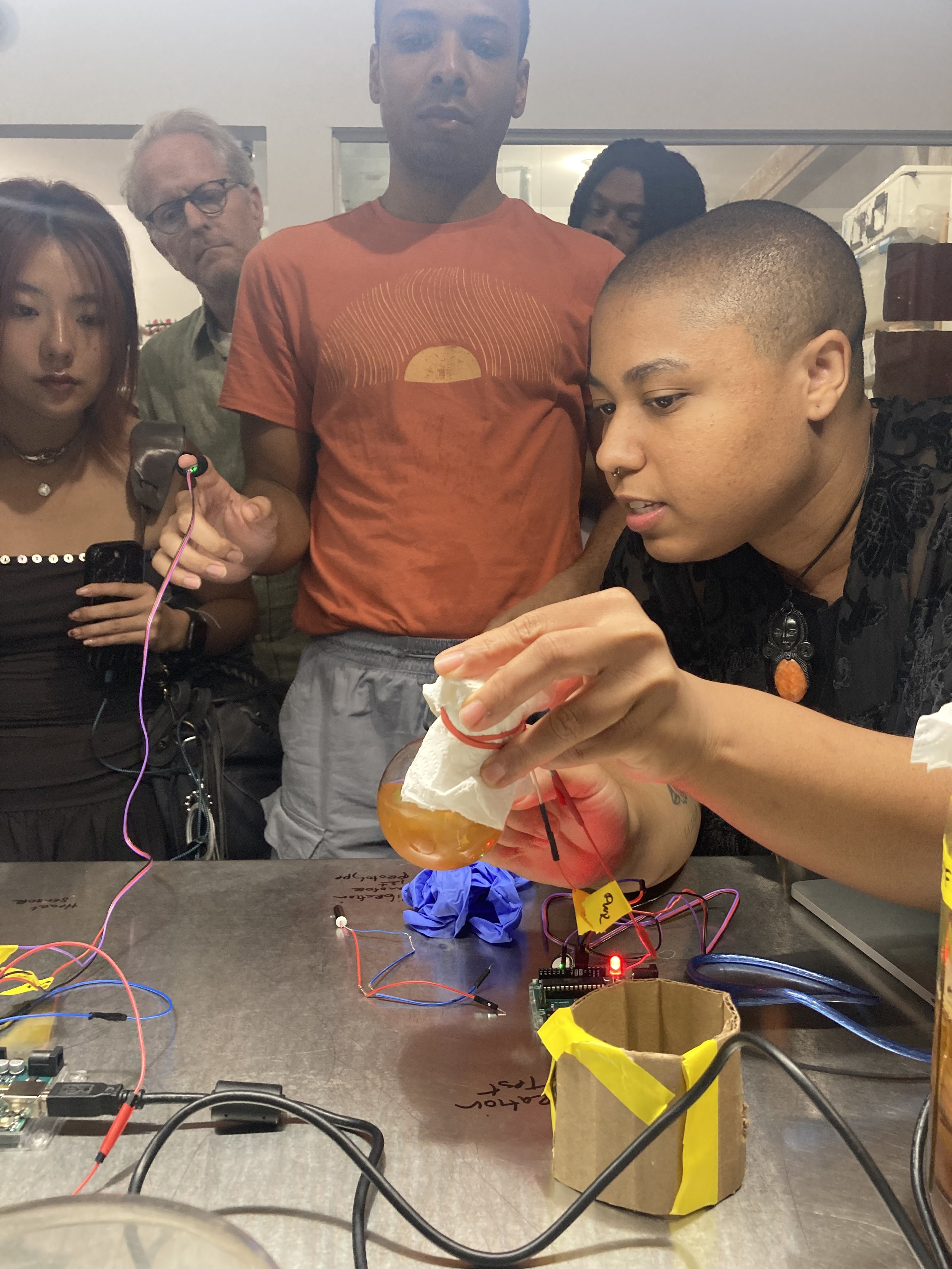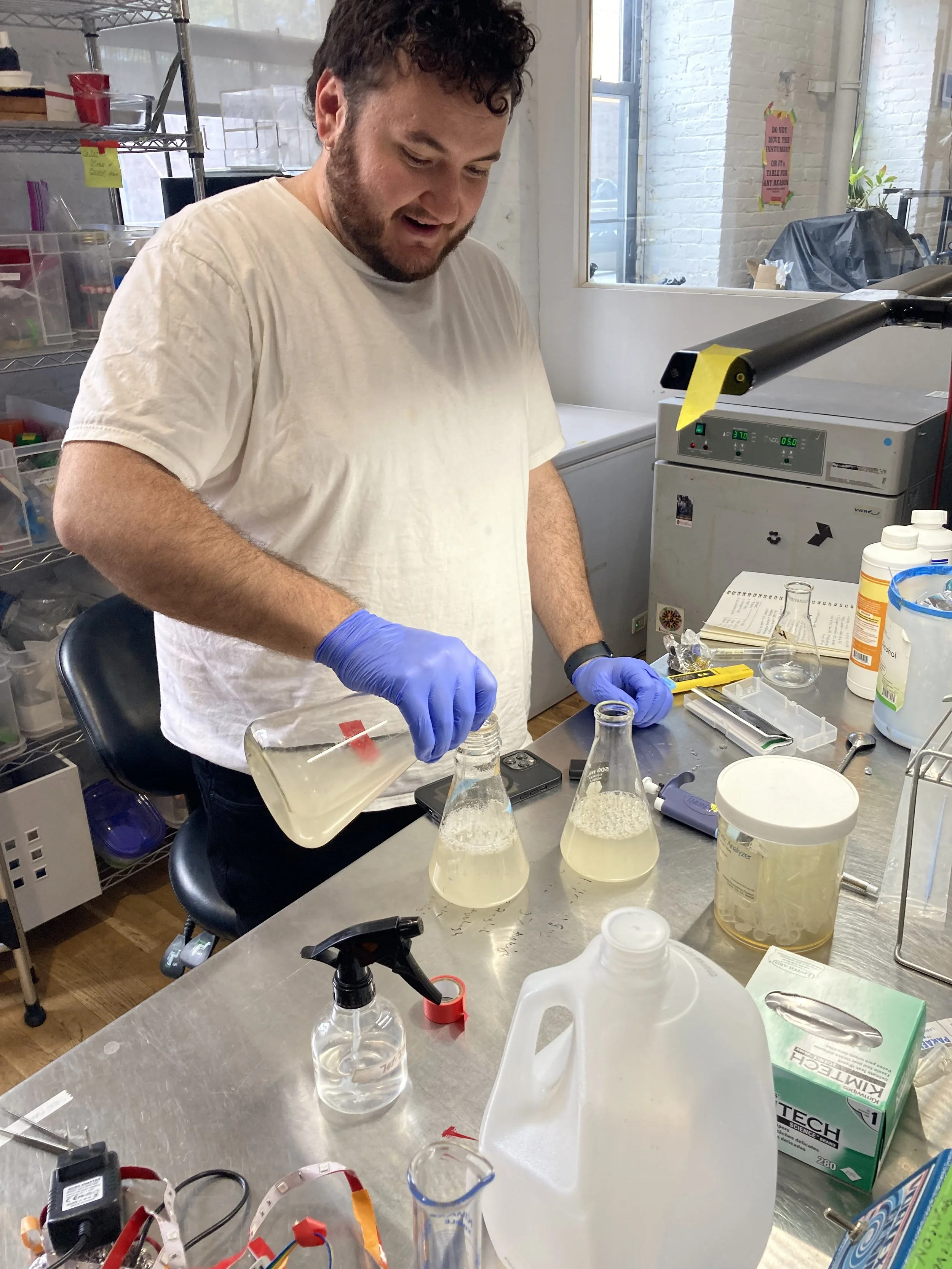Residency dates: April 21 - September 26, 2025
APPLICATIONs are closed
The five-month Genspace Artist in Residence (AIR) program will support artists who have a practice that includes the microbial world and biological investigation. The AIR program is designed for artists who want to devote intensive time to delving into biology's tools, knowledge, and techniques and exploring the intersection between science and the arts, a field known as BioArt. The AIR program will provide free membership over the five-month period, access to laboratory facilities, classes, a welcoming and active Genspace community, and a stipend. AIRs will receive support to share their work with the general public and the Genspace community through public programming and possibly an exhibition.
The techniques of the biology lab have increasingly become part of the general culture and the field of BioArt, which has become an established discipline. BioArtists combine biological sciences with artistic investigation techniques and are often motivated by a desire to connect audiences to a more profound understanding of the natural world, question technology’s role in society, and approach urgent problems through innovative means. A painting made in collaboration with bacteria, a sculpture carved from mycelium, jewelry made with algae, and a performance piece that involves genetic manipulation are all examples of BioArt.
Applicant criteria:
- Must have at least 3 years of experience in their artistic field
- An existing BioArt practice
- Must be 25+ years of age
- Must be a resident of New York City or the tri-state area: NY, NJ, CT (the AIR program does not provide housing)
First row from left: SCOBY leather, (rest of first row) Biogenetic Blooms by Karen Ingram; Second row from left: Biogenetic Blooms by Karen Ingram, Scorched Honey Archive-Residues, John Roach, John Roach, Quiet Lights by Laura Kung; Third row from left: The Light in Me, Sees the Light in You by Lolo Ostia, Mycelium forms by the Genspace Biomaterials Studio, Bioglass by Fan Kong, Biomaterial forms
Genspace is uniquely suited to support the needs of interdisciplinary artists who work with biological techniques because of the “maker culture” of our lab and the mix of experts able to provide guidance to artists’ projects. The tools and techniques of the biology lab have increasingly become part of the general culture, and the field of BioArt, where artists combine techniques from the biological sciences with artistic investigation, has become an established discipline.
Some examples of BioArtists who have worked at Genspace:
Lolo Ostia, Elaine Young, Karen ingram, Aradhita Parampsuria, Fan Kong, Sally Kong
Please submit project proposals that combine an artistic vision with biological lab work. How does your artistic idea push the boundaries of BioArt? We are looking for proposals that are as much about the art-science process and the relationship with your proposed biological organisms as it is about the final product.
AIRs will be expected to work on their projects with a high level of independence, so some laboratory experience is suggested and some scientific knowledge and experience is helpful.
The AIR program will support two artists for five months (mid-April to end of September 2025). The AIR program will allow artists to access and fully leverage Genspace individual membership benefits. We see this as a special opportunity to bring your art practice into an active laboratory so we are seeking applicants who are able to commit to a minimum of 10 hours/week in the lab.
Genspace is located in Sunset Park, Brooklyn. To be an AIR you MUST be prepared to travel to and from the lab frequently. If you have not been to Genspace, please attend one of our site visits on one of the following days to get a clear idea of the environment and capacity of the Genspace laboratory, and the travel time required.
Monday, February 24, 7-8pm
Sunday, March 9th, 12-1pm
Monday, March 10th, 7-8pm
There are a few mandatory sessions in April that the AIR is required to attend:
- Required: Orientation (Mid-late April, date TBD)
- Required: Two 4-hour “How to Science” introductory sessions with our Lab Manager to learn some of the basic molecular science techniques often used in BioArt practices on April 30 and May 1.
- Optional: Classes, including introduction to lab techniques and technology classes, weekday evenings, 6-9pm. Exact dates TBD. Covering sterile technique, genetic ancestry, molecular cloning, intro to genetic engineering and synthetic biology, and more.
The residency includes:
- Access to Community lab, equipment, and supplies
- Free mandatory and optional introductory intensive courses that teach necessary laboratory skills.
- A stipend of $1000 and a materials budget of $500
- A mandatory public sharing at Genspace at the end of the residency in late September
- Curatorial consultants to help artists translate their projects to a broader audience.
In addition, the AIR will have support for:
- Engagement with Genspace programs
- A public outreach opportunity (i.e., a talk, workshop, or studio visit)
- A possible public exhibition of art related to the residency
Note: Genspace is a Bio Safety Level 1 laboratory, meaning that no pathogens that are toxic to humans can be used in the laboratory.
A committee of Genspace community members, outside curators, and mentors will review the proposals and select those best suited to our mission and facility. The panel will prioritize artists with historically marginalized identities and applicants who lack access to resources.
If you have any questions about this application, please send an email to cmaclow@genspace.org. No phone calls, please.
APPLICATION DUE March 20, 2025, 11:59 PM
FORMER ARTISTS IN RESIDENCE
Aiyo Cheboi
PROJECT: BOTH THEIRS AND MINE
Aiyo Cheboi (they/them) is a Black, genderqueer human seeking to root into community via radically courageous exchanges of knowledge. They are also an experimental artist and emerging educator centered at the intersections of design, technology, research, sustainability, art, and cooking. Spiritually and politically, they’re committed to nurturing the collective expression of imagination.
cheboi’s project ‘both theirs and mine’ is a touch-encouraged, pulse-sensing installation ~ nestled in an ecosystem of “soft” microbial technologies, hardware, human biometric data, and a search for the heartbeat(s) of community amidst a time of rapid disconnection. They have been working with SCOBY (symbiotic community of bacteria and yeast--the basis for food like kombucha). At Genspace they worked with their science mentor to embed sensors into SCOBY heart form. The SCOBY responds to the human pulse monitor by vibrating, setting up a direct relationship between the bacterial cellulose and the human.
ALVARO AZCARRAGA
PROJECT: Franken-corn
Alvaro Azcarraga (he/they) is a Mexican artist and researcher who works with plant-like organisms with a focus on the history of scientific colonialism. With a background in Molecular and Cellular Biology, he looks at how the micro relates to the human and beyond. His work also examines the post-natural, specifically looking at the artifice that is embedded within the term natural. He has been working with Maize for the last five years. Past projects include laser-etched maps of Tenochtitlan onto tortillas and growing maize varieties to engage in a genetic - based conversation.
Azcarraga’s project, The Franken-Corn Project, looks at maize genetic lineages and how they weave and mesh together across borders. While growing maize cell cultures he is investigating the legacy and effects of maize colonization on both the plants and humans involved. While at Genspace he was able to develop new strains of maize that will be grown into full plants. These plants will be harvested and the husks will be used for paper screens that will display both images from the development of the hybrids (see below for images of the new strain taken through a microscope) and a series of objects that incorporate and explain the lineage of the new plants.
Tajah Ellis
Project Title: [ss] ::: Solar Seeds
As a designer and artisan, Tajah Ellis’ research base centers growth, decay, and circularity. Through intuitive chemistry, organic mapping and biological emergences, her craft synthesizes the undercurrent into the apparent, reflecting the dynamic expressions of convergence, divergence and integration within natural systems. This practice is encapsulated through OUTOFSEAM, a connective materials entity, rooted in chemical transfiguration by drawing from rituals of antiquity into extended future formations. She continues to morph through each experience of reflection and rejuvenation, rooted firmly as a born and bred Brooklynite, by way of the crystalline waters of Central America, Belize.
“[ss] ::: Solar Seeds” is a series of material growth of algae pigment onto protein fiber. This series will blend historical dye ideology with modern scientific inquiry. We will collect, test, and explore temperature, pH and sunlight collected from local ecologies. The intention of this collection is to quantify data with visual exploration of color shifts within the microorganisms of our immediate environment.
Ezra Moth
Project Title: DIY HRT
Ezra Moth (he/they) is a sculptor, ecologist, and drag performer. Their work deals with the intersection of ecology and queer liberation. Presenting radical alternatives to the climate catastrophe, they center nonbinary and nonhuman perspectives. Plants, algae, fungi, and bacteria are their inspiration to imagine new mythologies and speculative utopias.
While in residence at Genspace, Ezra will be studying phytoestrogens in fennel plants, with the intention of growing a garden of experimental plants for use in hormone replacement therapy.

